The Complicated Reason the US Hasn’t Sent Humans to Mars…Yet
Over the past century, NASA scientists and researchers have been steadily engaged in devising plans that could one day take humans to Mars.
Despite early plans suggesting humanity would reach the Red Planet by the 1980s, problems resulting from a lack of technology and funding have dramatically pushed this estimation back on several occasions. While many question why we can’t just send humans to Mars, like we did the moon, it’s not as black and white as one may think.
NASA’s New Plan Aims to Get Humans to Mars
In May 2024, NASA announced its plan to fund a revolutionary high-thrust rocket that could take humans to Mars in about two months. This is over seven months quicker than what projections estimate it would take using available technology.
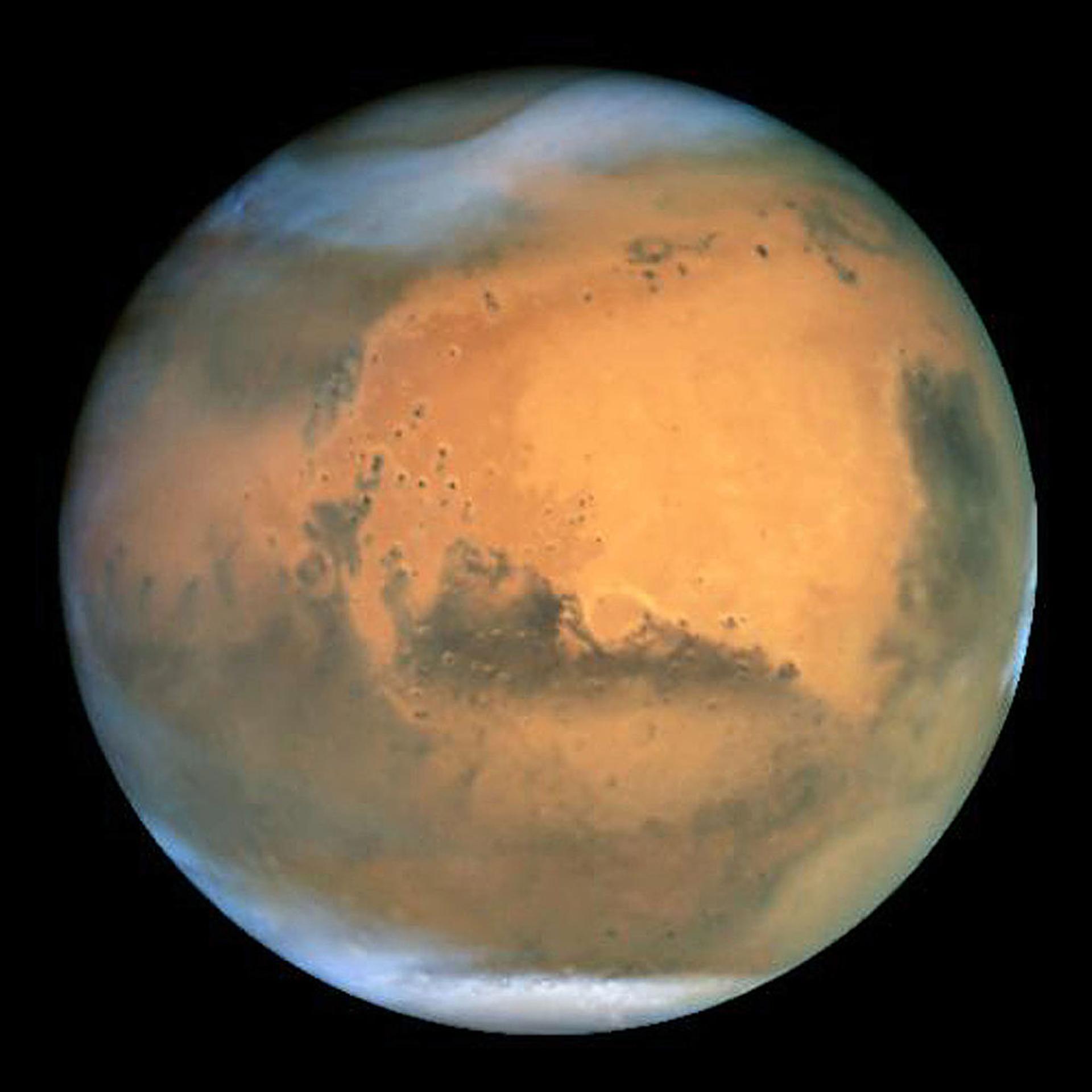
Source: Getty Images
Howe Industries developed the new rocket, known as a Pulsed Plasma Rocket. In a statement following the announcement, NASA claimed the rocket “holds the potential to revolutionize space exploration.”
Newest Development in a Long Line of Failed Ideas
The new rocket has excited the scientific community. However, it is simply the latest development in a long line of potential crafts that have been proposed over the past century, each aimed at finally taking humanity to Mars.
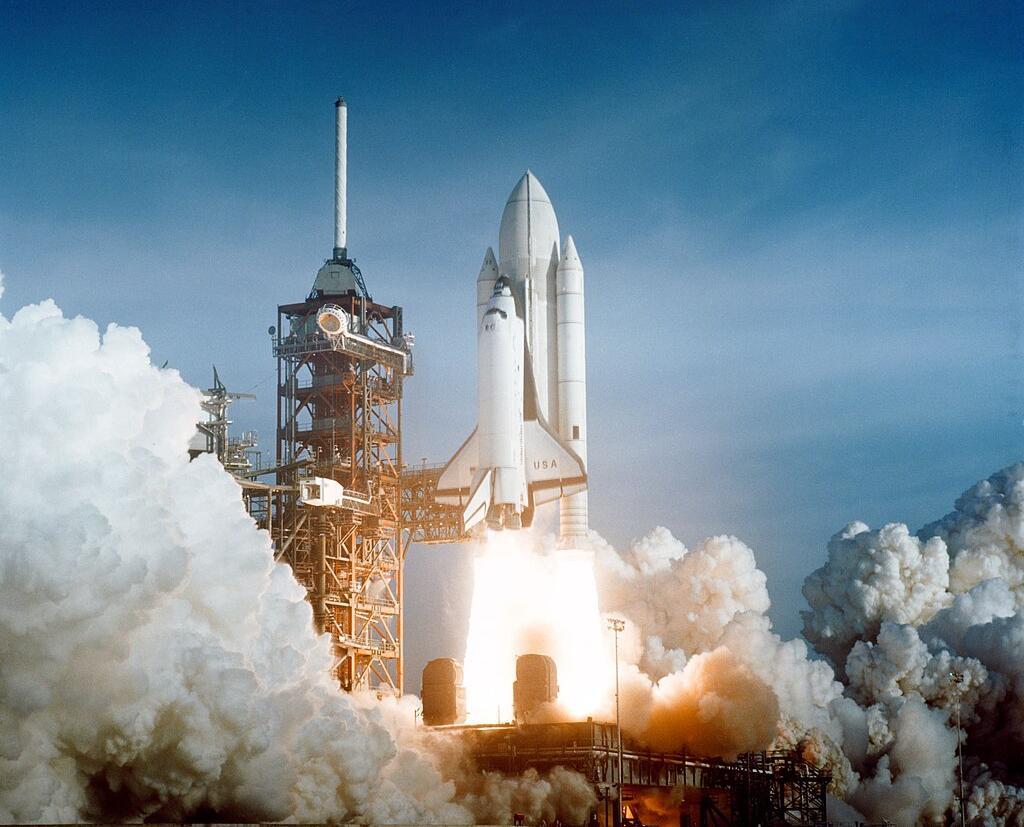
Source: Wikimedia
Long before the Apollo astronauts stepped on the moon, NASA was already pouring money and time into projects to send the first humans to Mars. Yet, many of these missions were abandoned or canceled for varying reasons.
Problems Behind the Setbacks
Regarding the setbacks that have resulted in the cancellation of numerous Mars projects, politics has played just as much of a role as the lack of technology.

Source:
“That’s kind of like a joke within the space community or the Mars community,” Matthew Shindell, a National Air and Space Museum curator, said during an interview with Business Insider. “Putting humans on Mars is always 20 years away.”
The Earliest Project
To better understand the complex situation surrounding our inability to successfully get to Mars, we must return to the first proposed mission set up by Wernher von Braun, a former member of the Nazi party. After WWII, von Braun was brought to the US as part of Operation Paperclip.
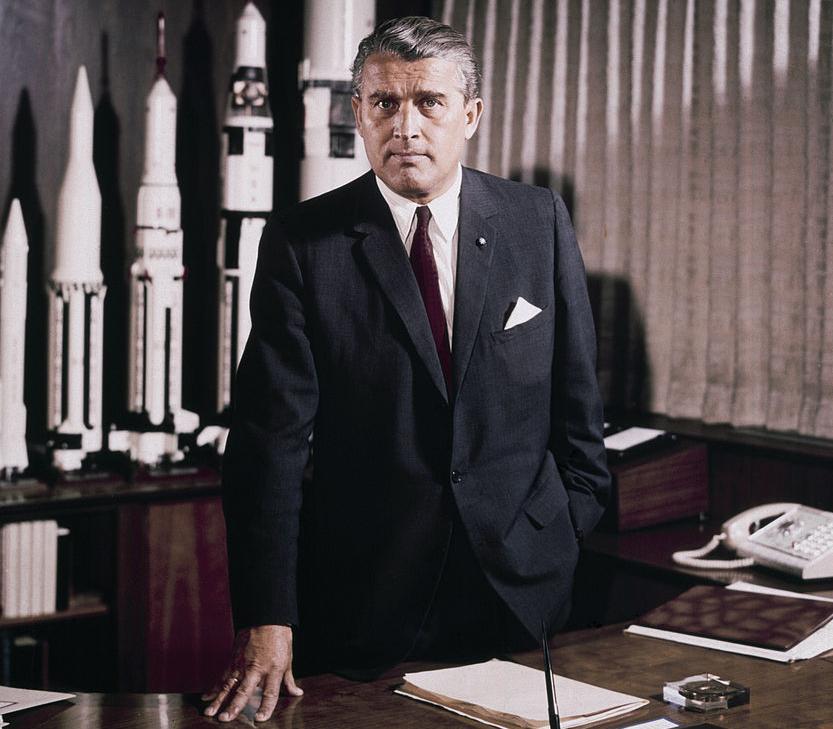
Source: Wikimedia
The rocket specialist devised an extensive 260-day mission involving ten spacecraft and a crew of around 70. “He sat down and did the math and created a whole story around it,” Shindell said. However, nothing ever came of his plan.
Nuclear Powered Spaceship
Theodore Taylor was the next man to envision a plan to take humans to Mars. In the late 50s, Taylor, who had worked on the first atomic weapons at Los Alamos, devised a plan to build a nuclear-explosion-powered craft alongside theoretical physicist Freeman Dyson.

Source: Wikimedia
Their plan was known as Project Orion. It was initially estimated to take over a decade to develop, and the budget was set at $100 million annually. Their original motto was “Mars by 1965, Saturn by 1970.” It’s safe to say this project never got off the ground and was canceled in 1964.
NASA’s Continued Focus on Mars During the Moon Race Era
Despite focusing most of its efforts on getting humans to the Moon during the 1960s, NASA continued to work on side projects that could eventually land manned craft on the surface of Mars.

Source: Wikimedia
During this era, NASA realized that it needed a lot more data before it could theoretically take humans to Mars. So, they decided to send the very first probe to Mars, known as the Mariner 4.
President Nixon Stalls Mars Plans
Very little progress was made in the 70s due to President Richard Nixon, who appeared to have no interest in funding a mission to Mars. “If you’re a proponent of human Mars exploration, this is the problem you’ve faced ever since the 1970s,” Shindell said.

Source: Wikimedia
By the 1980s, it was more of the same. After the Space Shuttle Challenger disaster, the entire agency looked at human space travel differently. In 1986, Sally Ride produced a report that suggested if NASA wanted to get to Mars by 2005, it would need to triple its budget, but this never happened.
George W. H. Bush Planned to Go to Mars
When President George H.W. Bush., took office, reaching Mars never seemed closer. “Why Mars?” he asked. “Because it is humanity’s destiny to strive, to seek, to find. And because it is America’s destiny to lead.”

Source: Wikimedia
His goals were projected to cost anywhere from $400 to $500 billion, and the missions wouldn’t begin for several decades. According to Sheehan, a lack of faith in the government meant little congressional funding, and the mission ended in 1993.
Bush Jr Sets Mars Plan in Place
Over 15 years after his father’s speech, President George W. Bush shared the Constellation program with the world in 2004. The ultimate goal was to get humans to Mars. In 2010, President Obama canceled the project but did insert his own plan of getting astronauts on Mars by 2030.

Source: Wikimedia
During this era, several other companies, such as Elon Musk’s SpaceX, had joined the race and planned Mars missions of their own. According to Musk, people would be on Mars by 2029, and a large colony would inhabit the Red Planet by 2050.
Artemis Missions
NASA’s Artemis Program was established in 2017 during Donald Trump’s tenure as US president. Its core goal was deep-space exploration and the creation of a lunar space station on the moon. According to Mars. Dayna Ise, who leads NASA’s Mars Campaign Office, said this would actually help humans reach Mars.
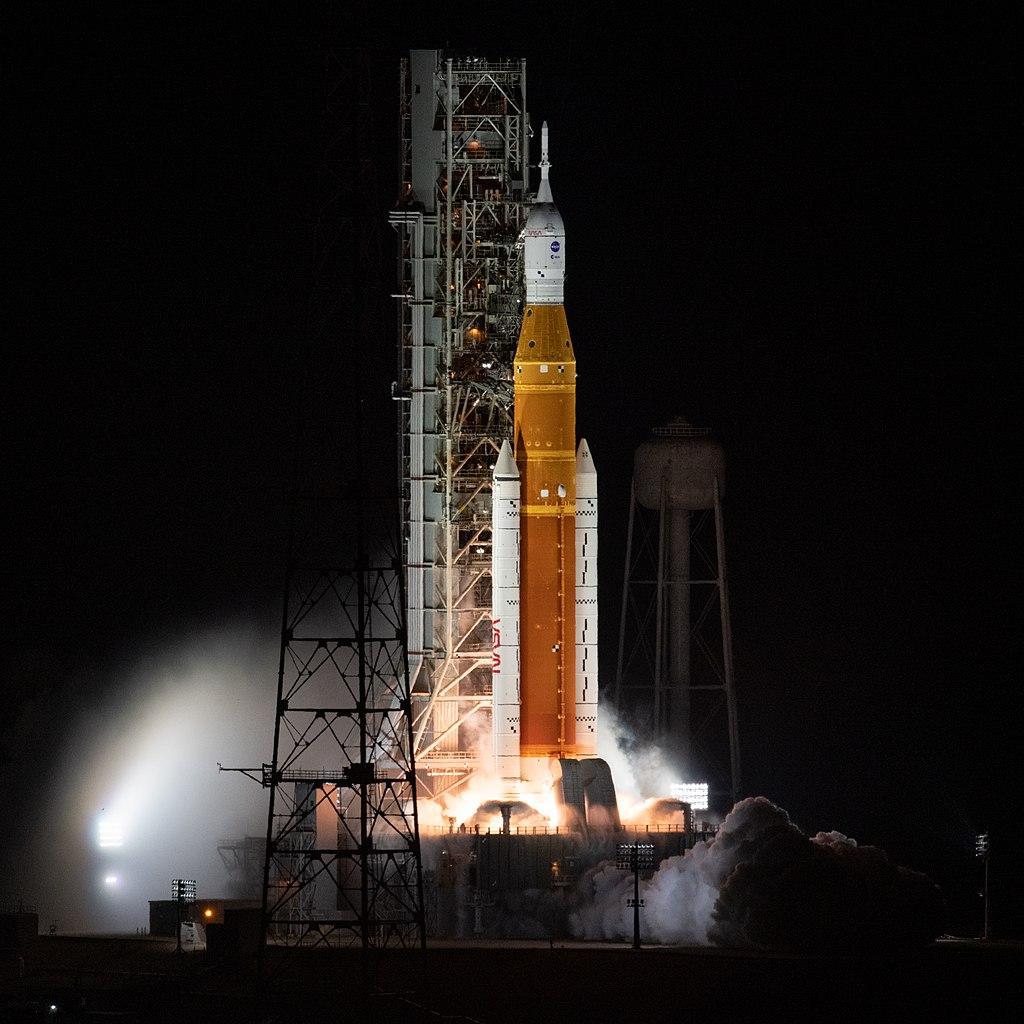
Source: Wikimedia
“You learn a lot by going to the moon, but you learn even more by staying at the moon,” she said. “And so whatever we learn there will help with Mars.”
Humanity Still Isn’t Ready For Mars
While extensive efforts are being made to reach Mars today, it appears, like always, that we are still two decades away from reaching the Red Planet. According to Ise, problems centered on cost, lack of the correct technology, and ensuring the astronauts arrive safely continue to plague potential missions.
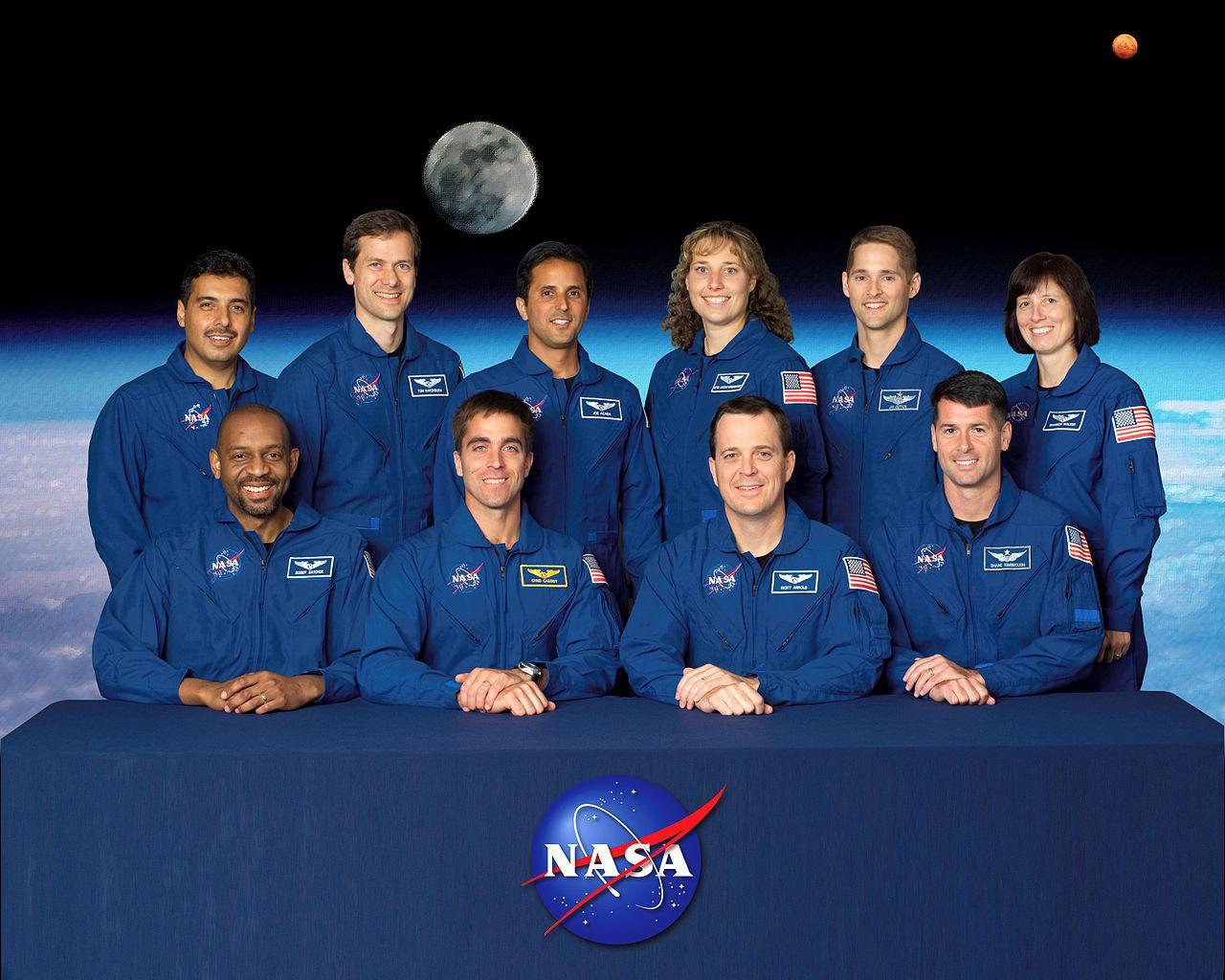
Source: Wikimedia
Nonetheless, NASA administrator Bill Nelson believes that humanity could reach Mars by the year 2040. Ise compared the projection to eating an entire elephant. “We’re doing it one bite at a time and building on everything that we learn,” she said.
Can Life Exist on Mars
Mars has long been on NASA’s list of “to explore” places, as it is one of the only places we know could sustain life within our solar system. This is because liquid water once flowed on Mars, and may still exist below the surface.
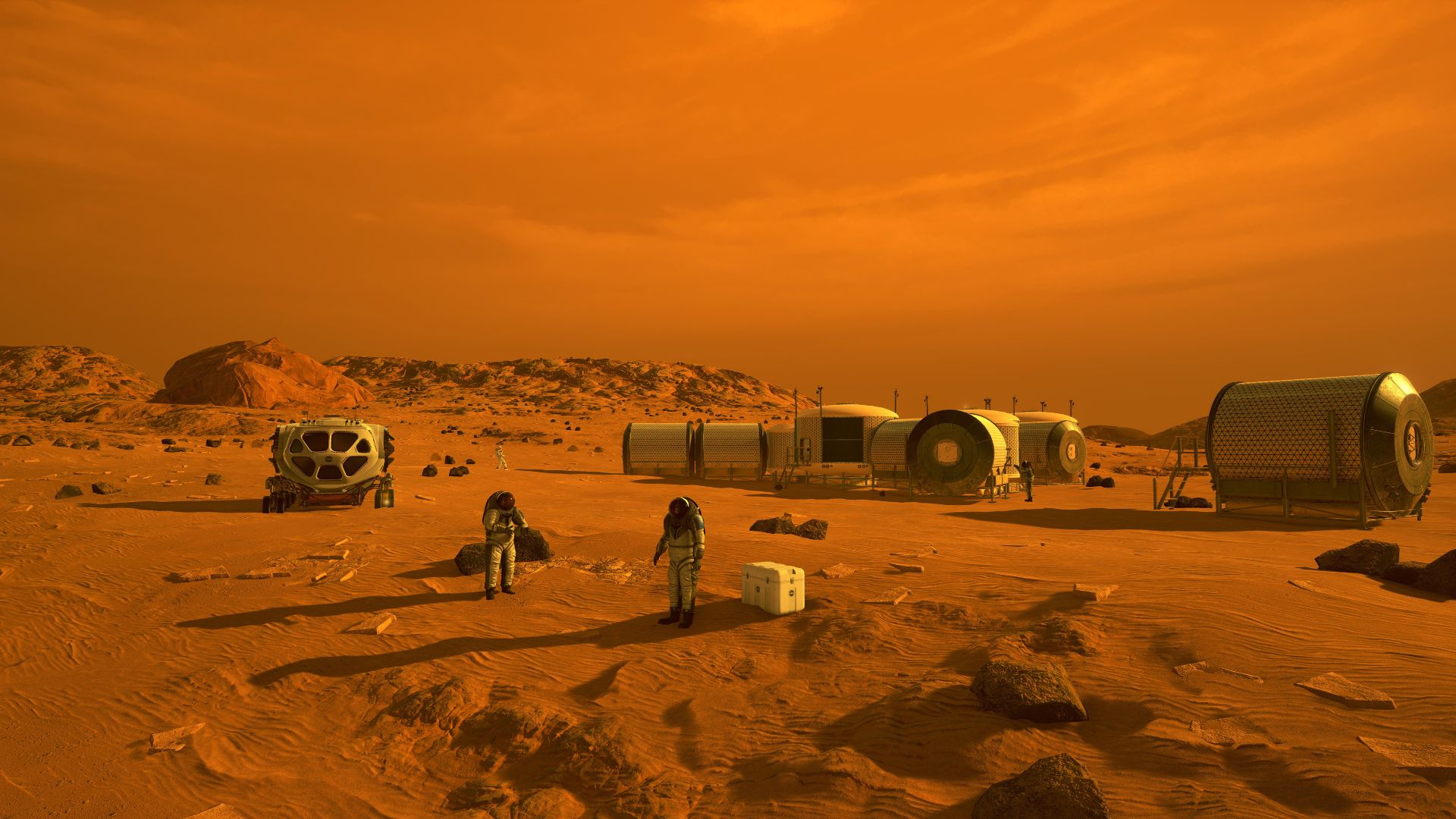
Source: NASA/Wikimedia Commons
The existence of nutrients and the discovery of a past magnetic field strongly suggest that Mrs could have had environmental factors to support life, and may have the potential to do so again.
Evidence of Water on Mars
As space-based telescopes like James Webb can look for planetary-scale chemical signs of life, missions to Mars hope to find physical and chemical signs of life preserved in rock and ice. We are talking about Martians, but creatures that may be or have existed on the planet.

Source: Freepik
According to NASA, evidence shows that Mars once had a lake billions of years ago, and was a warm and wet planet like Earth. But what happened? And could what happened to Mars happen to Earth? These are the questions astrobiologists are trying to answer.
Discovering the History of Earth from Mars
On top of this discovery, Mars could tell us more about Earth’s past and future, helping answer questions about life outside our planet.
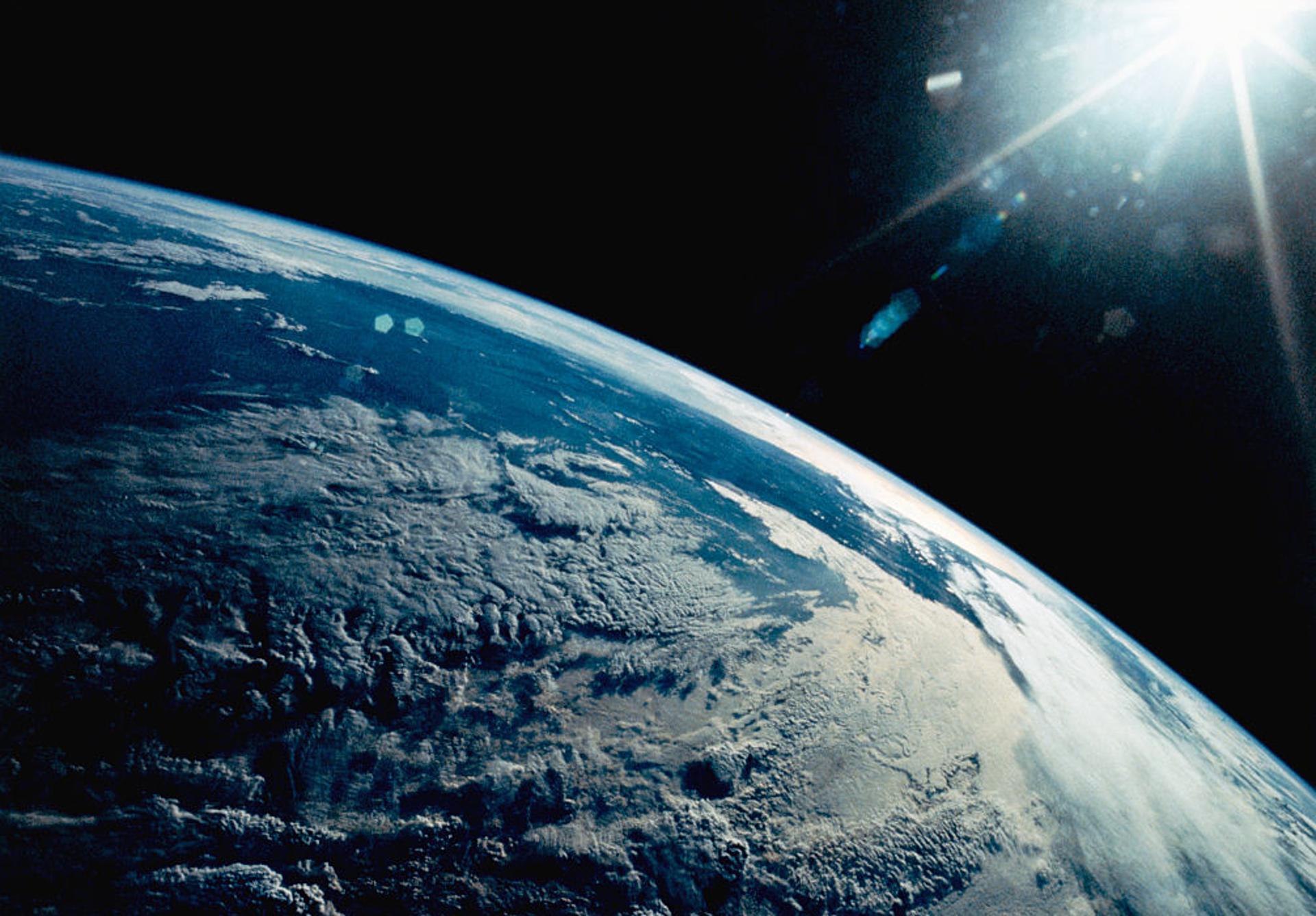
Source: Getty Images
The desire to research and discover new evidence of life outside of the planet largely relies on humans traveling to the Red Planet.
Solar Power Can’t Power the Mission
While engineers and scientists are working hard to develop the new technology that is necessary to get astronauts to Mars and safely back home, one of the biggest challenges is creating enough energy to make the mission possible.
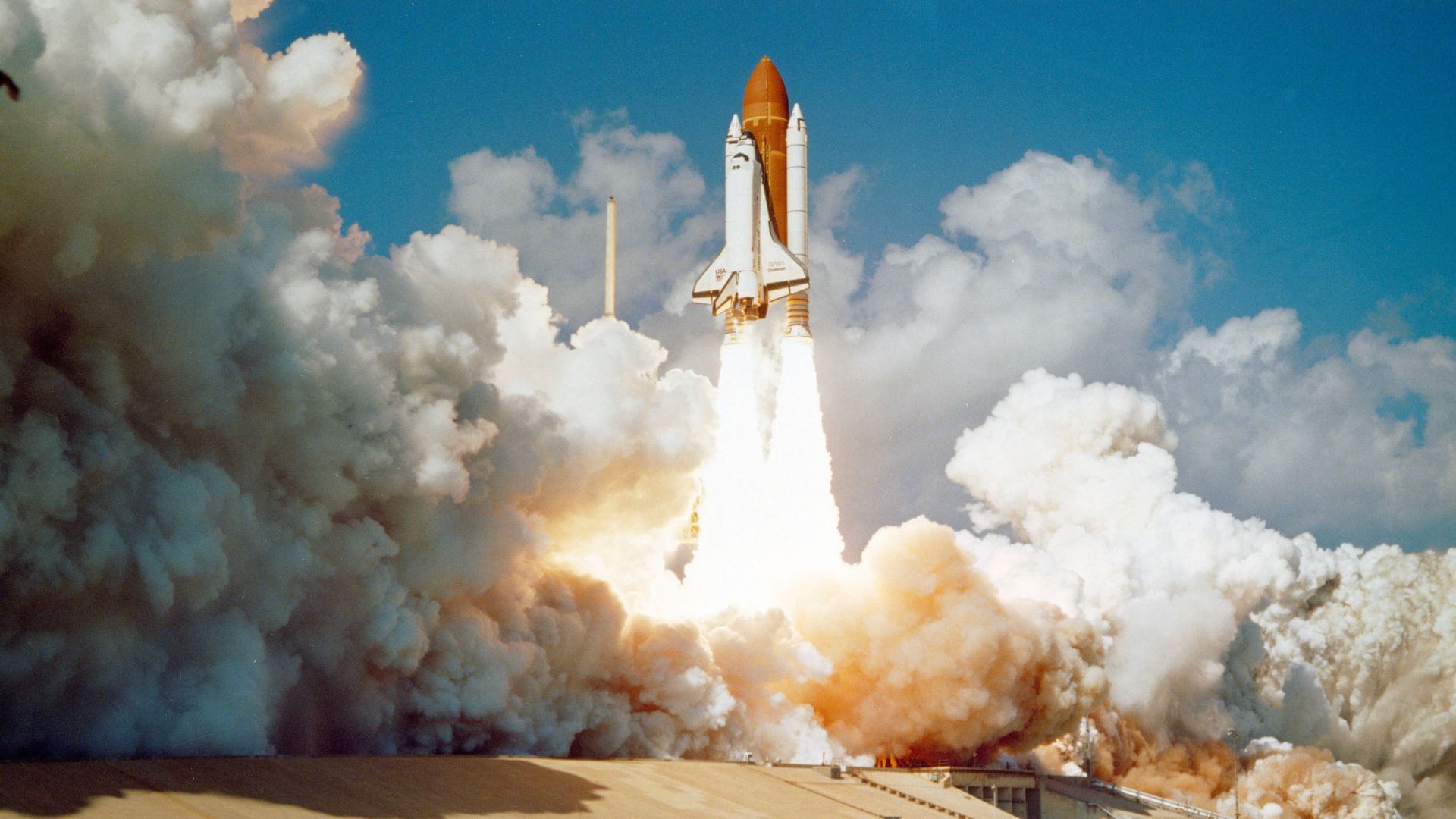
Source: NASA
NASA reports that solar power isn’t a likely option since periodic dust storms on Mars can last for months. Instead, nuclear fission power is the more reliable option for upcoming missions.
Simulating Mars on Earth
NASA’s Mars Dune Alpha simulated an experience for four crew members who would live in a space that replicated what a mission to Mars would feel like.

Source: Wikimedia Commons
The mission, which marked the first completed installment of three planned programs from NASA’s Crew Health and Performance Exploration Analog (CHEPEA), lasted 378 days and began on June 25, 2023.
The Team in the Test
Kelly Haston, Anca Selariu, Ross Brockwell, and Nathan Jones were the four members who emerged out of the 1,700-square-foot food, 3D-printed habitat at the Johnson Space Center in Houston, Texas on July 8, 2024.
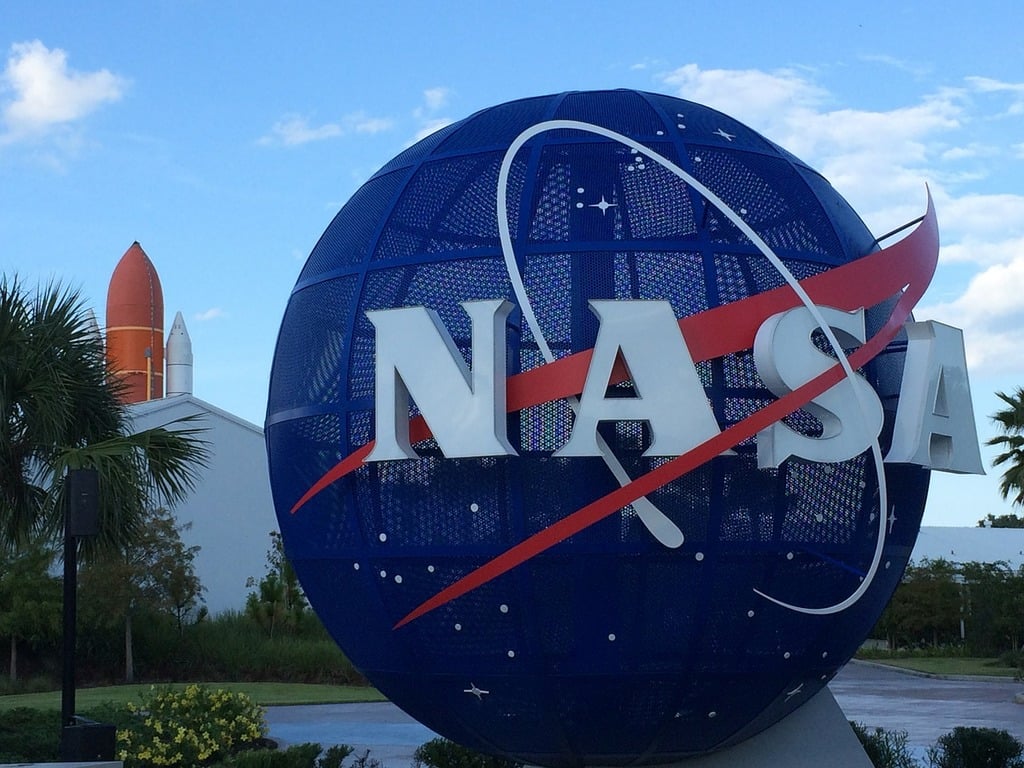
Source: Picryl
“Hello. It’s actually just so wonderful to be able to say hello to you all,” CHAPEA commander Haston said during a press conference as she emerged from the habitat.
Studying Humans In “Mars”
The program researchers how crew members respond to the conditions and constraints of a year-long mission, which could approach in the next decade.
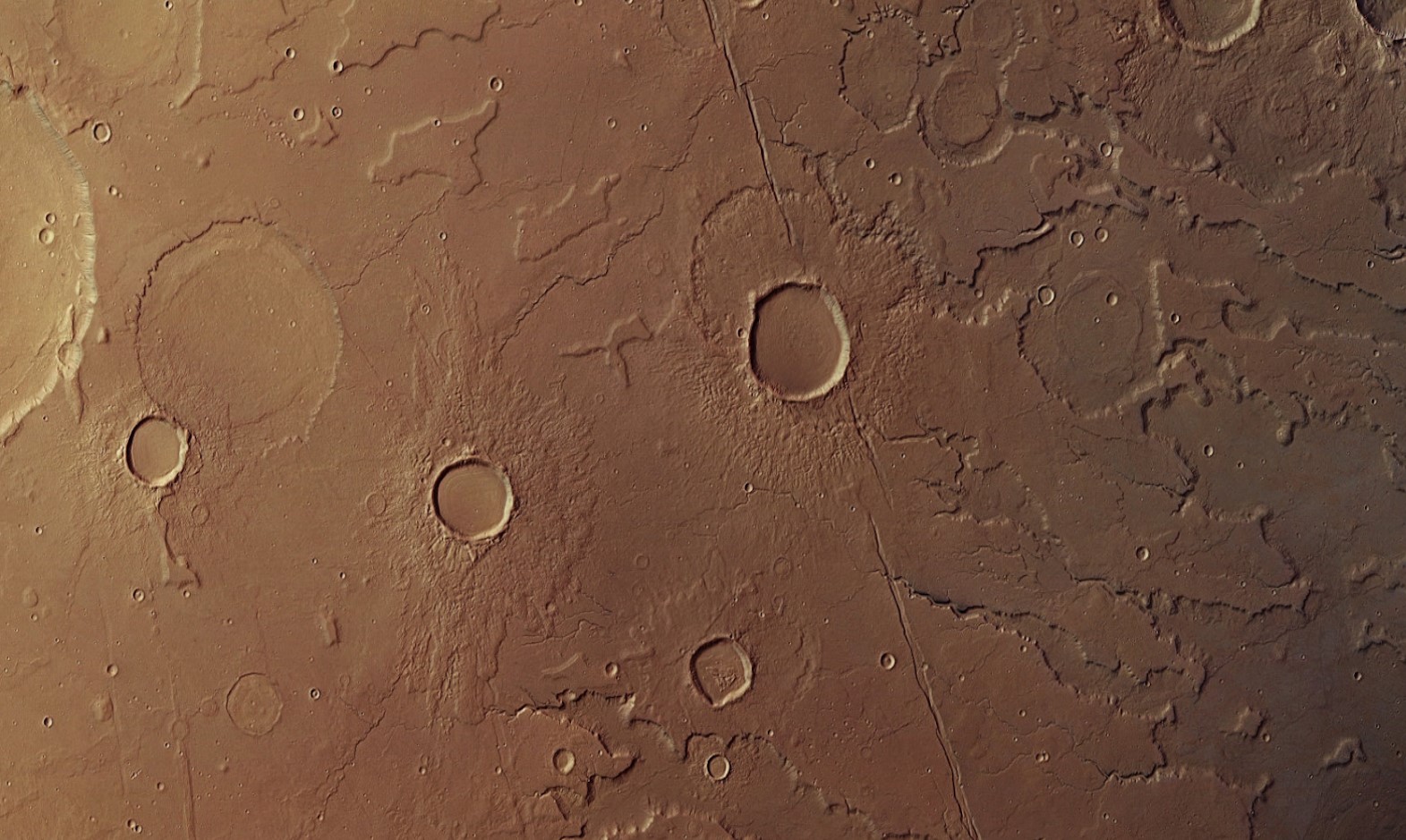
Source: Wikimedia Commons
“Mars is our goal,” Stephen Koerner, deputy director of NASA’s Johnson Space Center, said (via ABC News). “As global interests and capabilities in space exploration continue to expand, America is poised to lead. The completion of the CHAPEA-1 mission is an important step in this goal.”
The Simulated Mars Mission
The CHAPEA crew embarked on its simulated Mars mission with a 22-minute one-way communication delay, which included messages with mission control and communications with the crew’s family and friends.
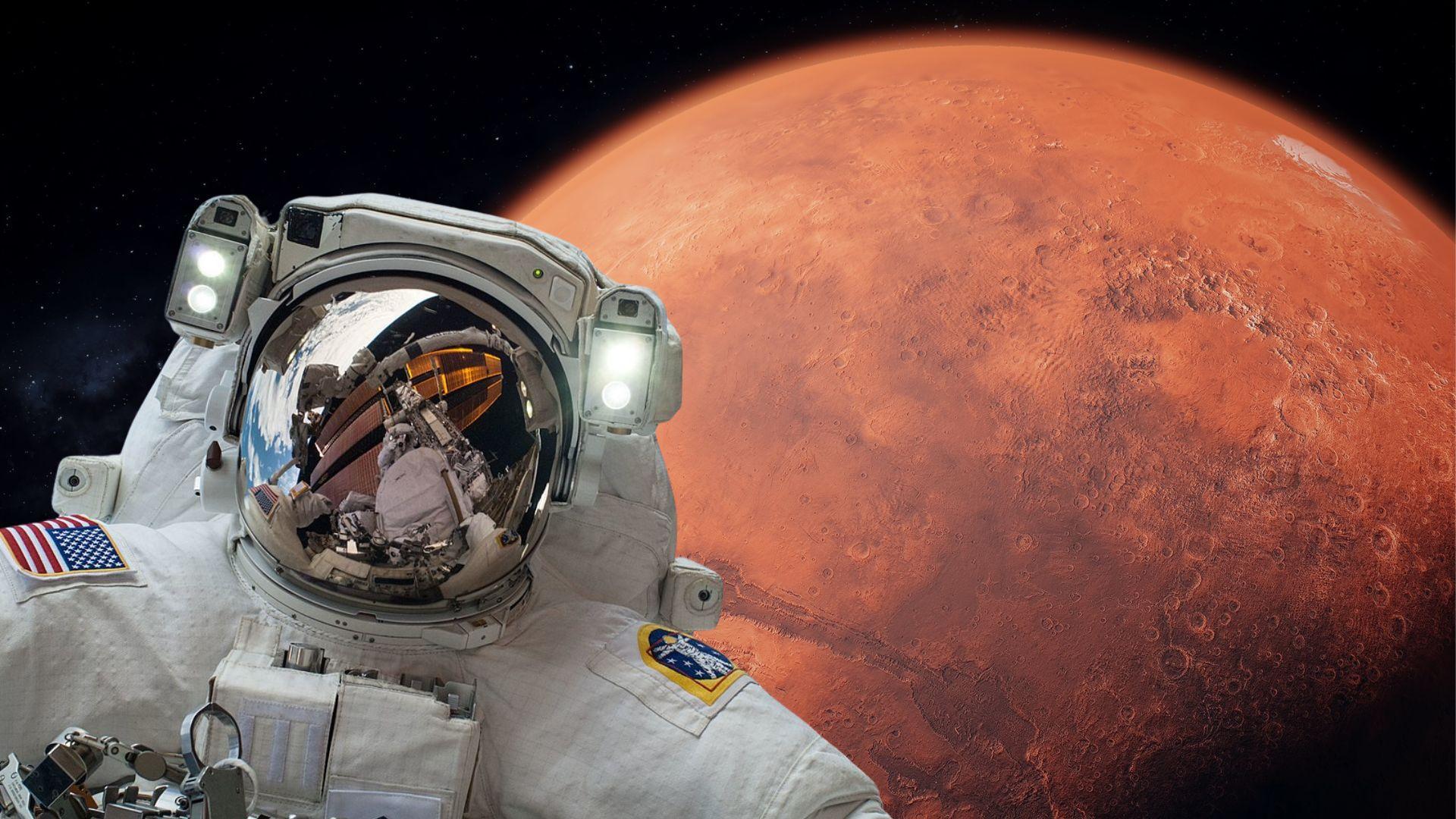
Source: Wikimedia/Canva
The habitat included simulated spacewalks, robotic operations, habitat maintenance, exercise, and crop growth.
Growing Food on Mars
Studying crop growth played a massive role in the simulation since the team had no fresh food deliveries. This meant they were limited to prepackaged, shelf-stable foods and the crops they grew during the mission.

Source: Tom Fisk/Pexels
The growth system inside the habitat is similar to systems used for indoor home gardens and can support the growth of leafy crops, herbs, and small fruits.
A Chance to Change the Future
“I’m grateful for the chance to live the idea that we must utilize resources no faster than they can be replenished and produce waste no faster than they can be processed back into resources,” crew member Brockwell said during the press conference.

Source: Wikimedia
Recycling space waste made by astronauts has become another focus for NASA as the uptick in missions has caused problems with space material falling back down to Earth and landing in farmland rather than burning up or falling into the ocean.
The Point of This Test
Suzanne Bell, the lead for NASA’s Behavioral Health and Performance Laboratory at Johnson Space Center, told ABC News that the on-the-ground simulation helps the team collect data so they can learn about how humans survive and thrive in those circumstances.
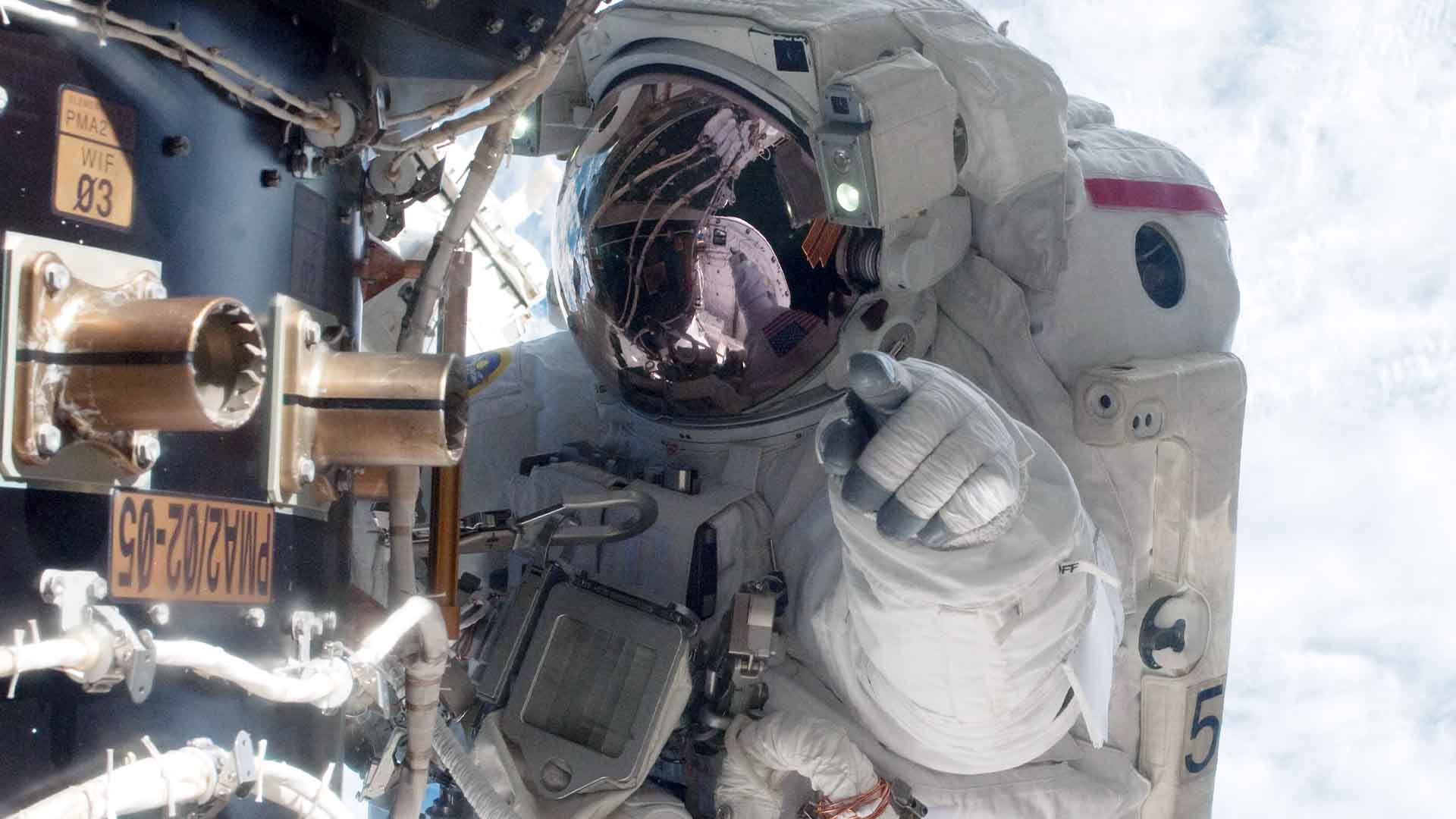
Source: NASA via Getty Images
Bell says the missions are designed to eliminate the “anomaly of a particular crew of individuals.”
Laying the Groundwork
While humanity may not be ready for Mars, robots are still laying the groundwork for the day when humans are ready to launch off to the Red Planet.
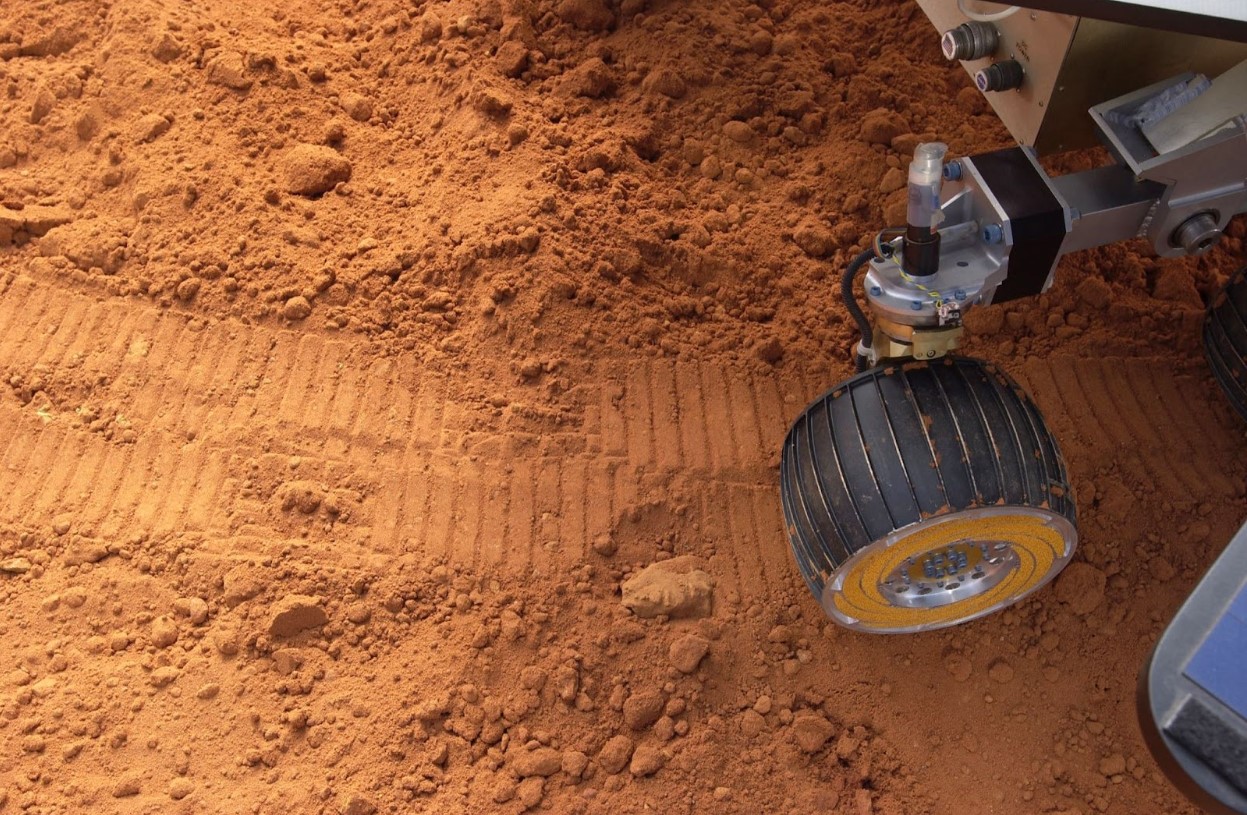
Source: Handout/Getty Images
Once on the surface of the planet, studies of the Maritan climate, technology tests, and samples from dozens of rocks will tell us how habitable the planet is, and if life could exist somewhere other than Earth.
